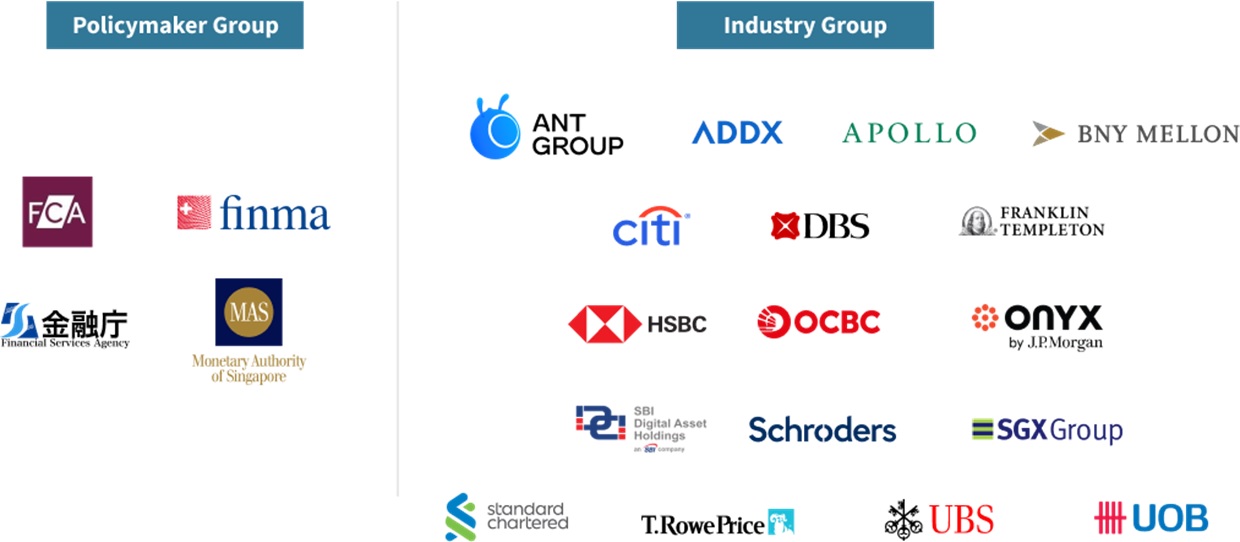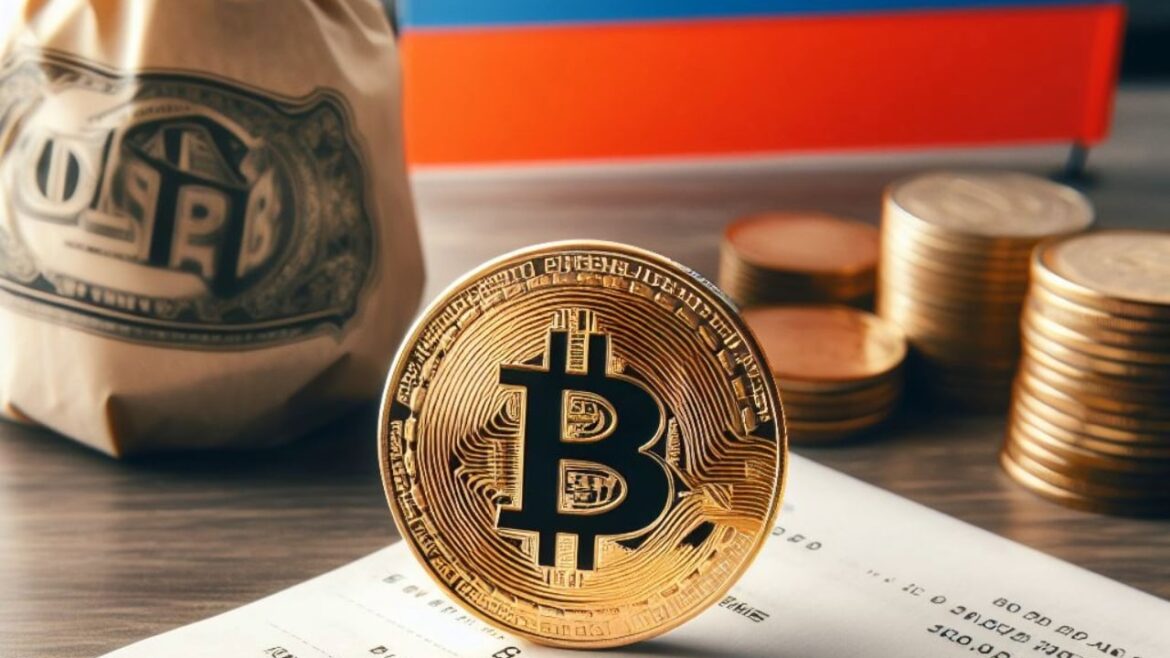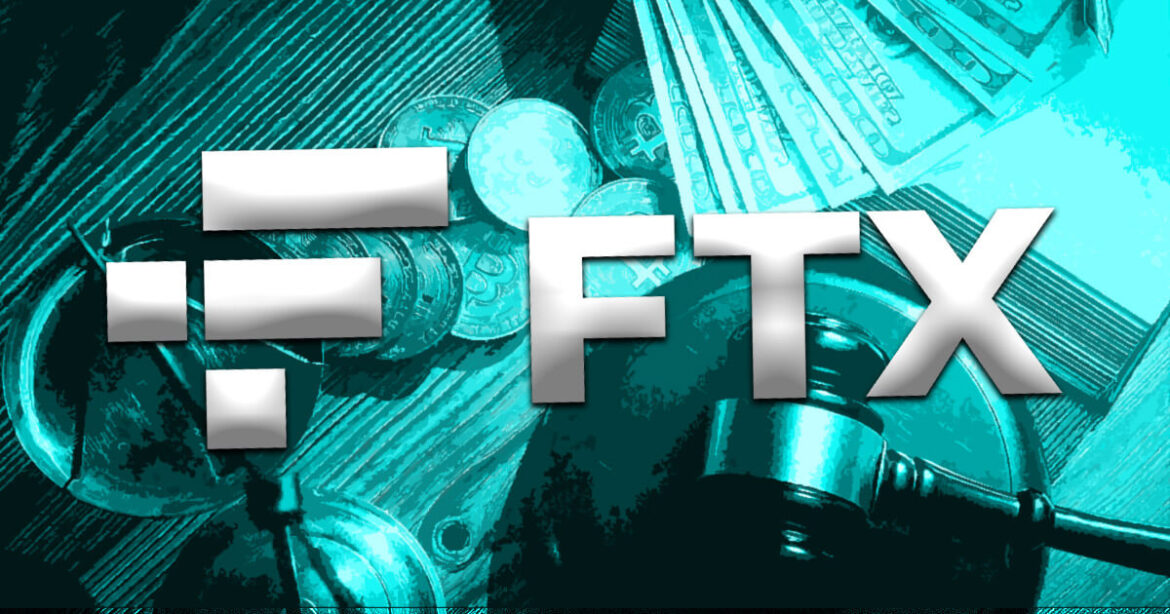 Russia has integrated the use of digital assets as payment for international transactions in its legislation. President Vladimir Putin signed into law a document that describes using these assets as payment for international settlements, a use case not contemplated in any law, appointing the Central Bank of Russia as the overseer of these transactions. Russia […]
Russia has integrated the use of digital assets as payment for international transactions in its legislation. President Vladimir Putin signed into law a document that describes using these assets as payment for international settlements, a use case not contemplated in any law, appointing the Central Bank of Russia as the overseer of these transactions. Russia […]
Source link
settlements
A pilot program for a live Singapore dollar-based central bank digital currency (CBDC) was unveiled by Singapore’s central bank, which aims to have the CBDC used by local banks for settlements.
“I am pleased to announce that MAS will pilot the ‘live’ issuance of wholesale CBDCs to instantaneously settle payments across commercial banks,” MAS managing director Ravi Menon said on Nov. 16 at the Singapore Fintech Festival.
The MAS had previously only simulated the issuance of a CBDC in test environments. Menon said the central bank would soon partner with Singaporean banks to test using a CBDC as a settlement asset for domestic payments.
As part of the test program, Menon explained that banks will issue tokenized liabilities that represent claims on their balance sheets. Retail customers could use those tokenized liabilities to transact with merchants, which would be settled via an automatic transfer of a wholesale CBDC.
“Clearing and settlement thus occur in a single step, on the same infrastructure, unlike the current system in which clearing and settlement take place on different systems, and settlement occurs with a lag,” he said.
A wholesale CBDC is primarily used by central and commercial banks and other large financial institutions to settle payments.
Related: Paxos to issue USD stablecoin in Singapore, wins initial approval
On Nov. 15, the MAS introduced five additional industry pilots to its financial infrastructure test program — dubbed Project Guardian — to assess various use cases around asset tokenization.
The new partnerships saw the project expand from 12 to 17 members, now including major financial institutions such as BNY Mellon, HSBC and Citigroup.

On May 1, the MAS and the New York Federal Reserve published the results of a six-year-long trial program of a CBDC’s utility in cross-border payment, dubbed Project Ubin. The results showed that CBDCs were potentially useful in making cross-border payments more efficient and cost-effective.
Magazine: Slumdog billionaire — Incredible rags-to-riches tale of Polygon’s Sandeep Nailwal
Stablecoin settlements were on par with payments giant Visa during 2022
Stablecoins are making significant waves in the payments sphere, primarily as a vehicle for non-speculative transactions, according to a new report by European hedge fund Brevan Howard.
In 2022, the stablecoin market settled an eye-watering value of over $11 trillion, drawing parallels to payments giant Visa’s annual figure of $11.6 trillion and overshadowing the numbers posted by Paypal and Mastercard during the year.
Paypal processed a total volume of $1.4 trillion during the year, while Mastercard reported settling a total of $6.57 trillion.
Adoption and Volume
Brevan Howard’s study, spearheaded by Peter Johnson and Sai Nimmagadda, dove deep into non-speculative stablecoin activities across prominent blockchains like Ethereum, Tron, and Binance Smart Chain (BSC). The research unveiled that over 25 million blockchain addresses held more than $1 in stablecoins.
The stablecoins at the heart of the study were chiefly fiat-backed, including USDT, USDC, BUSD, and TUSD. Bank deposits, U.S. Treasuries, and other liquid cash counterparts underpin these digital assets. The report found that these fiat-backed stablecoins accounted for a majority of the non-speculative activities.
The report also highlighted that the majority of stablecoin users in 2022 likely belonged to the small or retail category. An estimated 75% of weekly active stablecoin addresses conducted transactions amounting to less than $1000.
Additionally, the report revealed that stablecoin usage is not tied to patterns witnessed in crypto exchange volumes. Stablecoin volumes only dipped 11% since December 2021, while broader centralized and decentralized exchange volumes plunged 64% and 60%, respectively.
When stacking up against giants like PayPal, stablecoins outperformed, with
Diversification and Dominance
Although Ethereum settled a significant percentage — 50% — of all stablecoin volumes, it only contributed to 3% of total transactions, predominantly due to its lofty transaction fees.
Conversely, Tron and BSC combined powered 75% of all stablecoin transactions — equating to 41% of the total volume.
Tether’s USDT emerged as the uncontested leader in 2022, commanding roughly 69% of the total stablecoin supply. It comprised 80% of weekly active addresses and 75% of the transaction pie during the year.
Despite the success in 2022, stablecoins are trailing behind Mastercard year-to-date in 2023, primarily due to crypto market cycles and a challenging U.S. regulatory climate.
However, Brevan Howard’s projections suggest that stablecoins might surpass Bitcoin users within five years, driven by payment integrations and groundbreaking innovations.
FTX revises bankruptcy court motion to expedite crypto claim settlements
FTX Trading Ltd. has filed a revised motion seeking bankruptcy court approval of streamlined procedures to settle small claims against the bankrupt cryptocurrency exchange.
In the filing with the U.S. Bankruptcy Court in Delaware, FTX asked Judge John Dorsey to authorize the company to settle claims up to $7 million without needing his approval of each settlement. FTX said the procedures are necessary to efficiently resolve the “myriad” of potential claims against the estate.
FTX’s original motion asked to settle claims up to $10 million but was met with opposition from the U.S. Trustee, who argued the amount was too high and lacked creditor oversight.
In the revised motion, FTX lowered the claim amount cap to $7 million to address these concerns. The company also agreed to provide notice of any proposed settlements to the unsecured creditors’ committee and the U.S. Trustee. Additionally, FTX said it would file monthly reports on any payments made.
FTX stated that streamlined settlement procedures are standard in complex bankruptcy cases to avoid litigation costs and lengthy court delays in resolving individual claims. FTX has identified thousands of potential claims related to real estate purchases, investments, donations, and more that may need to be settled.
The unsecured and ad hoc creditors’ committees supported the revised settlement procedures, while the U.S. Trustee was the sole objector.
FTX argued that the new procedures provide adequate safeguards for creditors through oversight while allowing efficient claims resolution. The company asked Judge Dorsey to approve the order authorizing settlements of up to $7 million without individual court approval.
The fate of the settlement procedures motion rests with Judge Dorsey, who will decide whether to grant FTX’s request following a court hearing.
The post FTX revises bankruptcy court motion to expedite crypto claim settlements appeared first on CryptoSlate.




